1.Identification
1.1 GHS Product identifier
| Product name | citric acid |
|---|
1.2 Other means of identification
| Product number | - |
|---|---|
| Other names | 3'-hydroxybiphenyl-3-carboxylic acid |
1.3 Recommended use of the chemical and restrictions on use
| Identified uses | For industry use only. Antimicrobial Actives;Chelating Agents;Processing Aids and Additives |
|---|---|
| Uses advised against | no data available |
1.4 Supplier's details
| Company | XiXisys.com |
|---|---|
| Address | XiXisys.com |
| Telephone | XiXisys.com |
| Fax | XiXisys.com |
1.5 Emergency phone number
| Emergency phone number | - |
|---|---|
| Service hours | Monday to Friday, 9am-5pm (Standard time zone: UTC/GMT +8 hours). |
2.Hazard identification
2.1 Classification of the substance or mixture
Not classified.
2.2 GHS label elements, including precautionary statements
| Pictogram(s) | No symbol. |
|---|---|
| Signal word | No signal word. |
| Hazard statement(s) | none |
| Precautionary statement(s) | |
| Prevention | none |
| Response | none |
| Storage | none |
| Disposal | none |
2.3 Other hazards which do not result in classification
none
3.Composition/information on ingredients
3.1 Substances
| Chemical name | Common names and synonyms | CAS number | EC number | Concentration |
|---|---|---|---|---|
| citric acid | citric acid | 77-92-9 | none | 100% |
4.First-aid measures
4.1 Description of necessary first-aid measures
General advice
Consult a physician. Show this safety data sheet to the doctor in attendance.
If inhaled
Fresh air, rest. Refer for medical attention.
In case of skin contact
Rinse skin with plenty of water or shower. Refer for medical attention .
In case of eye contact
First rinse with plenty of water for several minutes (remove contact lenses if easily possible), then refer for medical attention.
If swallowed
Rinse mouth. Refer for medical attention .
4.2 Most important symptoms/effects, acute and delayed
Inhalation of dust irritates nose and throat. Contact with eyes causes irritation. (USCG, 1999)
4.3 Indication of immediate medical attention and special treatment needed, if necessary
/SRP:/ Immediate first aid: Ensure that adequate decontamination has been carried out. If patient is not breathing, start artificial respiration, preferably with a demand-valve resuscitator, bag-valve-mask device, or pocket mask, as trained. Perform CPR as necessary. Immediately flush contaminated eyes with gently flowing water. Do not induce vomiting. If vomiting occurs, lean patient forward or place on left side (head-down position, if possible) to maintain an open airway and prevent aspiration. Keep patient quiet and maintain normal body temperature. Obtain medical attention. /Organic acids and related compounds/
5.Fire-fighting measures
5.1 Extinguishing media
Suitable extinguishing media
Extinguish with/ water, foam, dry chem, carbon dioxide.
5.2 Specific hazards arising from the chemical
Behavior in Fire: Melts and decomposes. The reaction is not hazardous. (USCG, 1999)
5.3 Special protective actions for fire-fighters
Wear self-contained breathing apparatus for firefighting if necessary.
6.Accidental release measures
6.1 Personal precautions, protective equipment and emergency procedures
Use personal protective equipment. Avoid dust formation. Avoid breathing vapours, mist or gas. Ensure adequate ventilation. Evacuate personnel to safe areas. Avoid breathing dust. For personal protection see section 8.
6.2 Environmental precautions
Personal protection: particulate filter respirator adapted to the airborne concentration of the substance. Sweep spilled substance into covered containers. If appropriate, moisten first to prevent dusting. Wash away remainder with plenty of water.
6.3 Methods and materials for containment and cleaning up
Personal protection: particulate filter respirator adapted to the airborne concentration of the substance. Sweep spilled substance into covered containers. If appropriate, moisten first to prevent dusting. Wash away remainder with plenty of water.
7.Handling and storage
7.1 Precautions for safe handling
Avoid contact with skin and eyes. Avoid formation of dust and aerosols. Avoid exposure - obtain special instructions before use.Provide appropriate exhaust ventilation at places where dust is formed. For precautions see section 2.2.
7.2 Conditions for safe storage, including any incompatibilities
Separated from strong oxidants, strong bases, metal nitrates and metals. Dry.Crystalline citric acid, anhydrous, can be stored in dry form without difficulty, although conditions of high humidity and elevated temperatures should be avoided to prevent caking. Storage should be in tight containers to prevent exposure to moist air. Several granulations are commercially available with the larger particle sizes having less tendency toward caking.
8.Exposure controls/personal protection
8.1 Control parameters
Occupational Exposure limit values
no data available
Biological limit values
no data available
8.2 Appropriate engineering controls
Handle in accordance with good industrial hygiene and safety practice. Wash hands before breaks and at the end of workday.
8.3 Individual protection measures, such as personal protective equipment (PPE)
Eye/face protection
Safety glasses with side-shields conforming to EN166. Use equipment for eye protection tested and approved under appropriate government standards such as NIOSH (US) or EN 166(EU).
Skin protection
Wear impervious clothing. The type of protective equipment must be selected according to the concentration and amount of the dangerous substance at the specific workplace. Handle with gloves. Gloves must be inspected prior to use. Use proper glove removal technique(without touching glove's outer surface) to avoid skin contact with this product. Dispose of contaminated gloves after use in accordance with applicable laws and good laboratory practices. Wash and dry hands. The selected protective gloves have to satisfy the specifications of EU Directive 89/686/EEC and the standard EN 374 derived from it.
Respiratory protection
Wear dust mask when handling large quantities.
Thermal hazards
no data available
9.Physical and chemical properties
| Physical state | White crystalline powder |
|---|---|
| Colour | Crystals; monoclinic holohedra; crystallizes from hot concentrated aqueous solution |
| Odour | Odorless |
| Melting point/ freezing point | 280\u00b0C(lit.) |
| Boiling point or initial boiling point and boiling range | 138\u00b0C(lit.) |
| Flammability | Combustible. |
| Lower and upper explosion limit / flammability limit | 0.28-2.29 KG/CU M (DUST) |
| Flash point | 27\u00b0C(lit.) |
| Auto-ignition temperature | 1010\u00b0C (USCG, 1999) |
| Decomposition temperature | 175\u00b0C |
| pH | no data available |
| Kinematic viscosity | 2.549 cP 30% aqueous solution at 20\u00b0C |
| Solubility | In water:750 g/L (20 \u00baC) |
| Partition coefficient n-octanol/water (log value) | no data available |
| Vapour pressure | 1.7X10-8 mm Hg at 25\u00b0C (est) |
| Density and/or relative density | 1.542g/cm3 |
| Relative vapour density | no data available |
| Particle characteristics | no data available |
10.Stability and reactivity
10.1 Reactivity
no data available
10.2 Chemical stability
Stable under recommended storage conditions.
10.3 Possibility of hazardous reactions
Combustible liquidDust explosion possible if in powder or granular form, mixed with air.CITRIC ACID reacts with oxidizing agents, bases, reducing agents and metal nitrates . Reactions with metal nitrates are potentially explosive. Heating to the point of decomposition causes emission of acrid smoke and fumes [Lewis].
10.4 Conditions to avoid
no data available
10.5 Incompatible materials
Potentially explosive reaction with metal nitrates.
10.6 Hazardous decomposition products
When heated to decomposition it emits acrid smoke and fumes.
11.Toxicological information
Acute toxicity
- Oral: LD50 Rat oral 3000 mg/kg; 12000 mg/kg; 11700 mg/kg /observed in separate experiments/
- Inhalation: no data available
- Dermal: no data available
Skin corrosion/irritation
no data available
Serious eye damage/irritation
no data available
Respiratory or skin sensitization
no data available
Germ cell mutagenicity
no data available
Carcinogenicity
no data available
Reproductive toxicity
no data available
STOT-single exposure
no data available
STOT-repeated exposure
no data available
Aspiration hazard
no data available
12.Ecological information
12.1 Toxicity
- Toxicity to fish: no data available
- Toxicity to daphnia and other aquatic invertebrates: no data available
- Toxicity to algae: no data available
- Toxicity to microorganisms: no data available
12.2 Persistence and degradability
AEROBIC: The biodegradability of citric acid was determined in six different tests and results found it to be well degraded in all tests(1). Citric acid achieved 93% DOC removal in a coupled units test (sludge inoculum), 85% DOC removal after 1 day in a Zahn-Wellens test (sludge inoculum), 100% DOC removal in an AFNOR test (42 days, germs inoculum simulating polluted river water), 100% DOC removal in a Sturm test (42 days, sewage treatment plant effluent), 100% DOC removal in an OECD screening test (19 days, effluent simulating surface water), and 90% BODT in a closed bottle test (30 days, effluent simulating surface water)(1). Citric acid reached 53% of its theoretical BOD in 5 days using a sludge inoculum(2). Citric acid, present at 500 mg/L, reached 46% of its theoretical oxygen demand in 12 hours using a phenol acclimated activated sludge inoculum(3).Citric acid, present at 500 mg/L, reached 98.4% of its theoretical BOD in 22 to 24 hours using an activated sludge inoculum at 2,228 mg/L(4). Citric acid (1% w/v) displayed BOD values of 6,410 and 6,040 mg/L using a defined microbial mixture and sewage inoculums, respectively(5). Citric acid, present at 10 mg/L, reached 66.4% and 67.3% of its theoretical BOD after 5 days using freshwater and seawater inoculums, respectively(6).
12.3 Bioaccumulative potential
An estimated BCF of 3 was calculated for citric acid(SRC), using a log Kow of -1.64(1) and a regression-derived equation(2). According to a classification scheme(3), this BCF suggests the potential for bioconcentration in aquatic organisms is low(SRC).
12.4 Mobility in soil
Using a structure estimation method based on molecular connectivity indices(1), the Koc of citric acid can be estimated to be 10(SRC). According to a classification scheme(2), this estimated Koc value suggests that citric acid is expected to have very high mobility in soil. The pKa of citric acid is 2.79(3), indicating that this compound will exist almost entirely in the anion form in the environment and anions generally do not adsorb more strongly to soils containing organic carbon and clay than their neutral counterparts(4). A 2 uM solution of citric acid in Gulfstream seawater showed equilibrium absorption values of 79% and 94% onto 0.01 and 0.25 g of hydroxyapatite, respectively(5).
12.5 Other adverse effects
no data available
13.Disposal considerations
13.1 Disposal methods
Product
The material can be disposed of by removal to a licensed chemical destruction plant or by controlled incineration with flue gas scrubbing. Do not contaminate water, foodstuffs, feed or seed by storage or disposal. Do not discharge to sewer systems.
Contaminated packaging
Containers can be triply rinsed (or equivalent) and offered for recycling or reconditioning. Alternatively, the packaging can be punctured to make it unusable for other purposes and then be disposed of in a sanitary landfill. Controlled incineration with flue gas scrubbing is possible for combustible packaging materials.
14.Transport information
14.1 UN Number
| ADR/RID: Not dangerous goods. | IMDG: Not dangerous goods. | IATA: Not dangerous goods. |
14.2 UN Proper Shipping Name
| ADR/RID: unknown |
| IMDG: unknown |
| IATA: unknown |
14.3 Transport hazard class(es)
| ADR/RID: Not dangerous goods. | IMDG: Not dangerous goods. | IATA: Not dangerous goods. |
14.4 Packing group, if applicable
| ADR/RID: Not dangerous goods. | IMDG: Not dangerous goods. | IATA: Not dangerous goods. |
14.5 Environmental hazards
| ADR/RID: no | IMDG: no | IATA: no |
14.6 Special precautions for user
no data available
14.7 Transport in bulk according to Annex II of MARPOL 73/78 and the IBC Code
no data available
15.Regulatory information
15.1 Safety, health and environmental regulations specific for the product in question
| Chemical name | Common names and synonyms | CAS number | EC number |
|---|---|---|---|
| citric acid | citric acid | 77-92-9 | none |
| European Inventory of Existing Commercial Chemical Substances (EINECS) | Listed. | ||
| EC Inventory | Listed. | ||
| United States Toxic Substances Control Act (TSCA) Inventory | Listed. | ||
| China Catalog of Hazardous chemicals 2015 | Not Listed. | ||
| New Zealand Inventory of Chemicals (NZIoC) | Listed. | ||
| Philippines Inventory of Chemicals and Chemical Substances (PICCS) | Listed. | ||
| Vietnam National Chemical Inventory | Listed. | ||
| Chinese Chemical Inventory of Existing Chemical Substances (China IECSC) | Listed. | ||
16.Other information
Information on revision
| Creation Date | Aug 12, 2017 |
|---|---|
| Revision Date | Aug 12, 2017 |
Abbreviations and acronyms
- CAS: Chemical Abstracts Service
- ADR: European Agreement concerning the International Carriage of Dangerous Goods by Road
- RID: Regulation concerning the International Carriage of Dangerous Goods by Rail
- IMDG: International Maritime Dangerous Goods
- IATA: International Air Transportation Association
- TWA: Time Weighted Average
- STEL: Short term exposure limit
- LC50: Lethal Concentration 50%
- LD50: Lethal Dose 50%
- EC50: Effective Concentration 50%
References
- IPCS - The International Chemical Safety Cards (ICSC), website: http://www.ilo.org/dyn/icsc/showcard.home
- HSDB - Hazardous Substances Data Bank, website: https://toxnet.nlm.nih.gov/newtoxnet/hsdb.htm
- IARC - International Agency for Research on Cancer, website: http://www.iarc.fr/
- eChemPortal - The Global Portal to Information on Chemical Substances by OECD, website: http://www.echemportal.org/echemportal/index?pageID=0&request_locale=en
- CAMEO Chemicals, website: http://cameochemicals.noaa.gov/search/simple
- ChemIDplus, website: http://chem.sis.nlm.nih.gov/chemidplus/chemidlite.jsp
- ERG - Emergency Response Guidebook by U.S. Department of Transportation, website: http://www.phmsa.dot.gov/hazmat/library/erg
- Germany GESTIS-database on hazard substance, website: http://www.dguv.de/ifa/gestis/gestis-stoffdatenbank/index-2.jsp
- ECHA - European Chemicals Agency, website: https://echa.europa.eu/

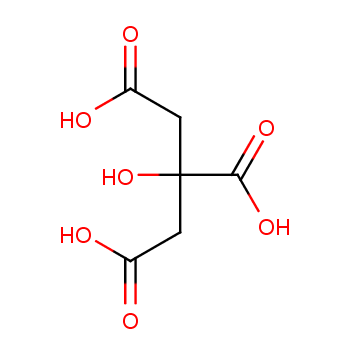

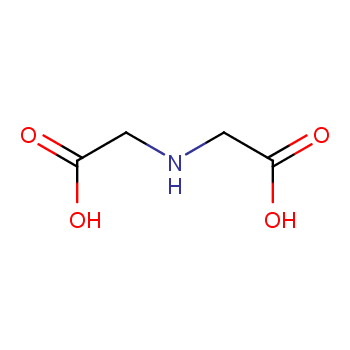
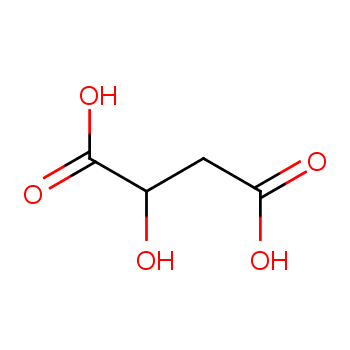

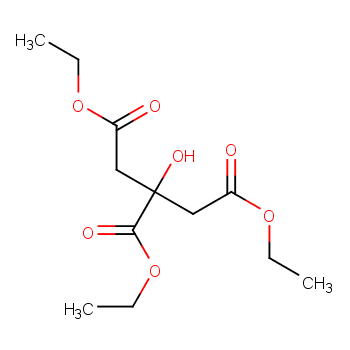
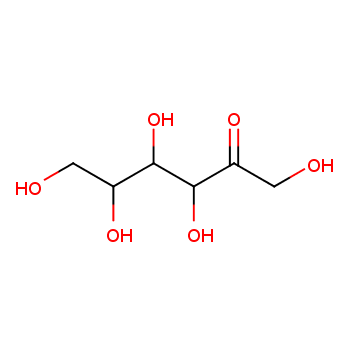
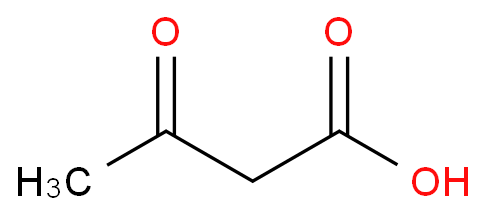
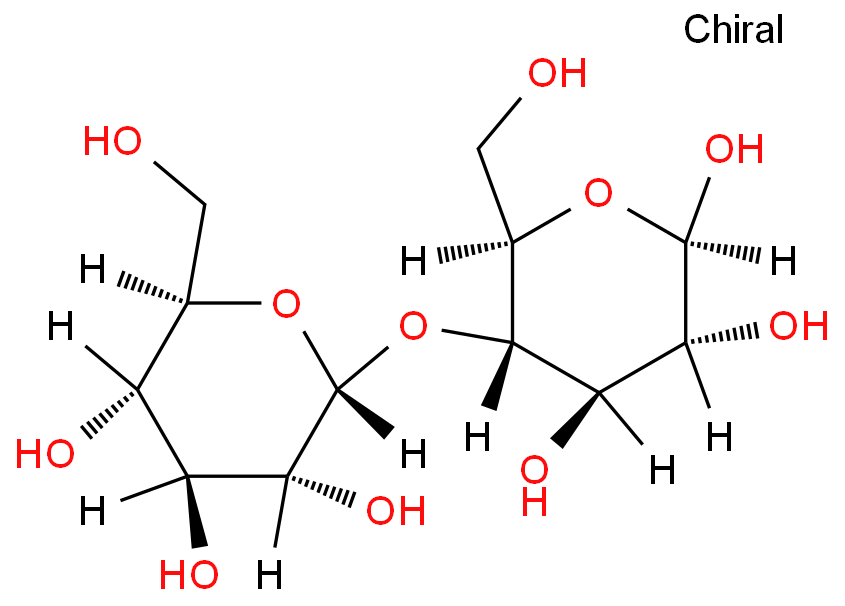

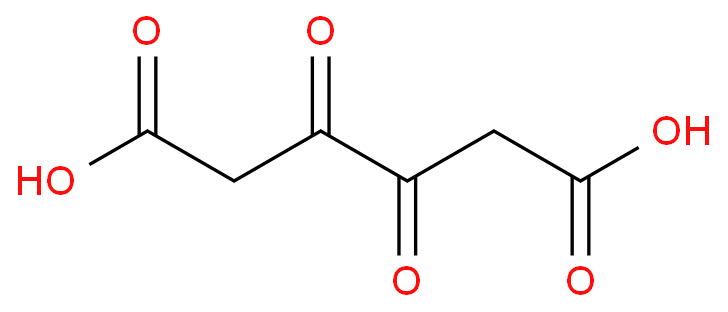



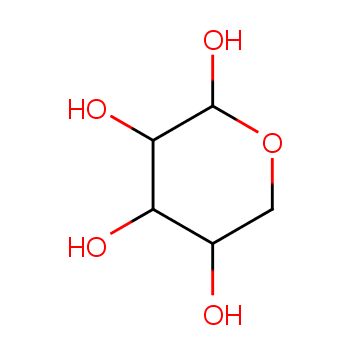
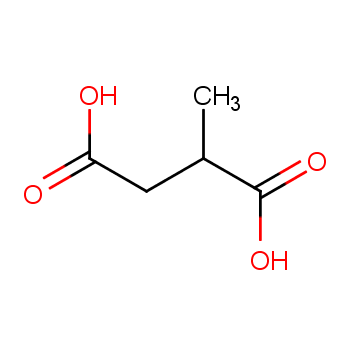
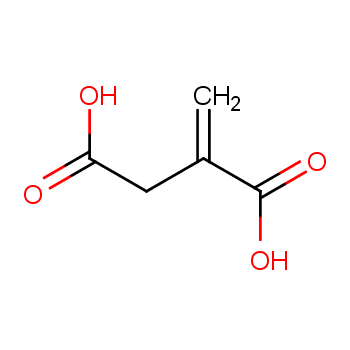
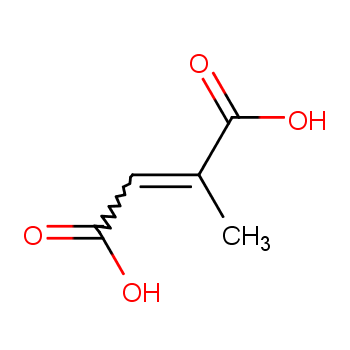
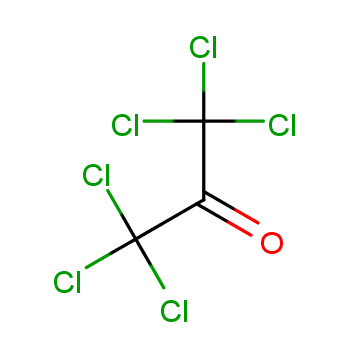
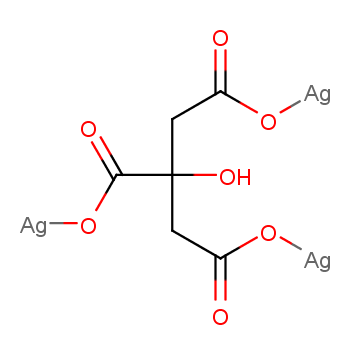

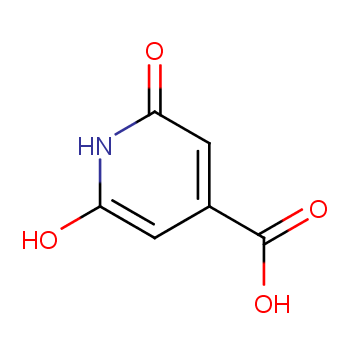
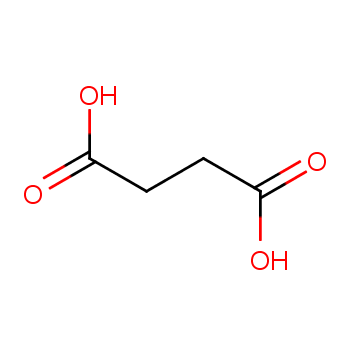
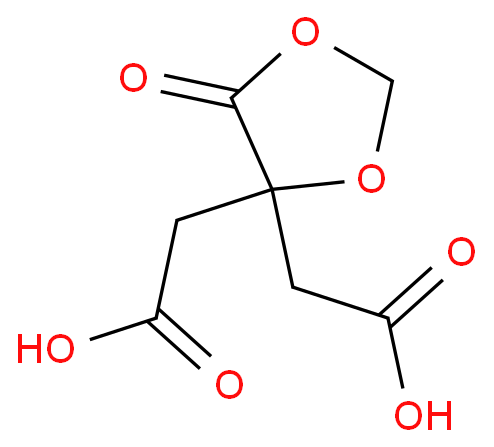
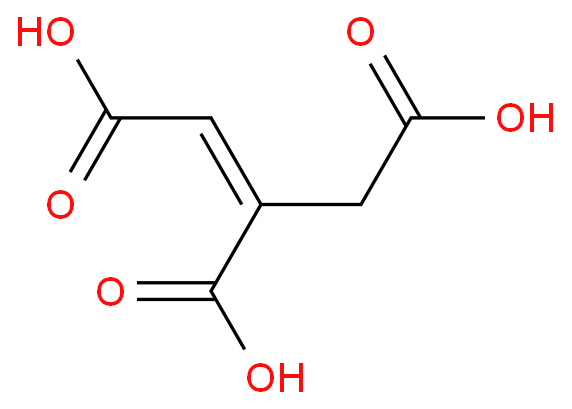
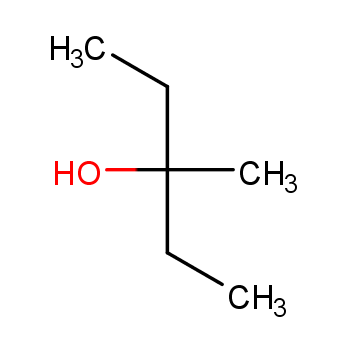
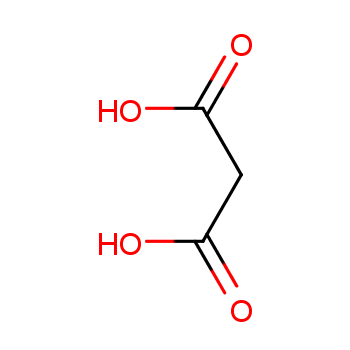
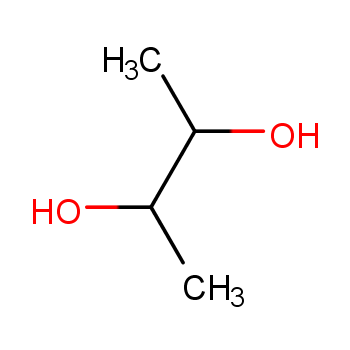

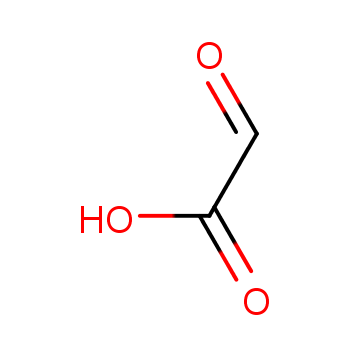
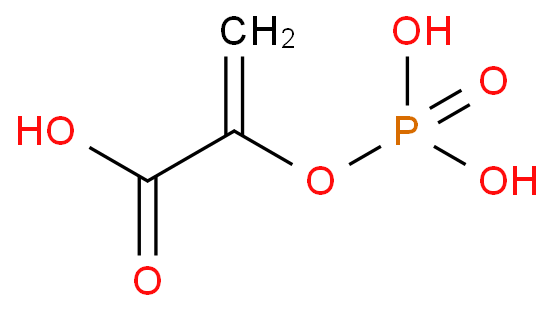










![CITRIC ACID, [1,5-14C]](http://structimg.guidechem.com/7/19/545838.png)

